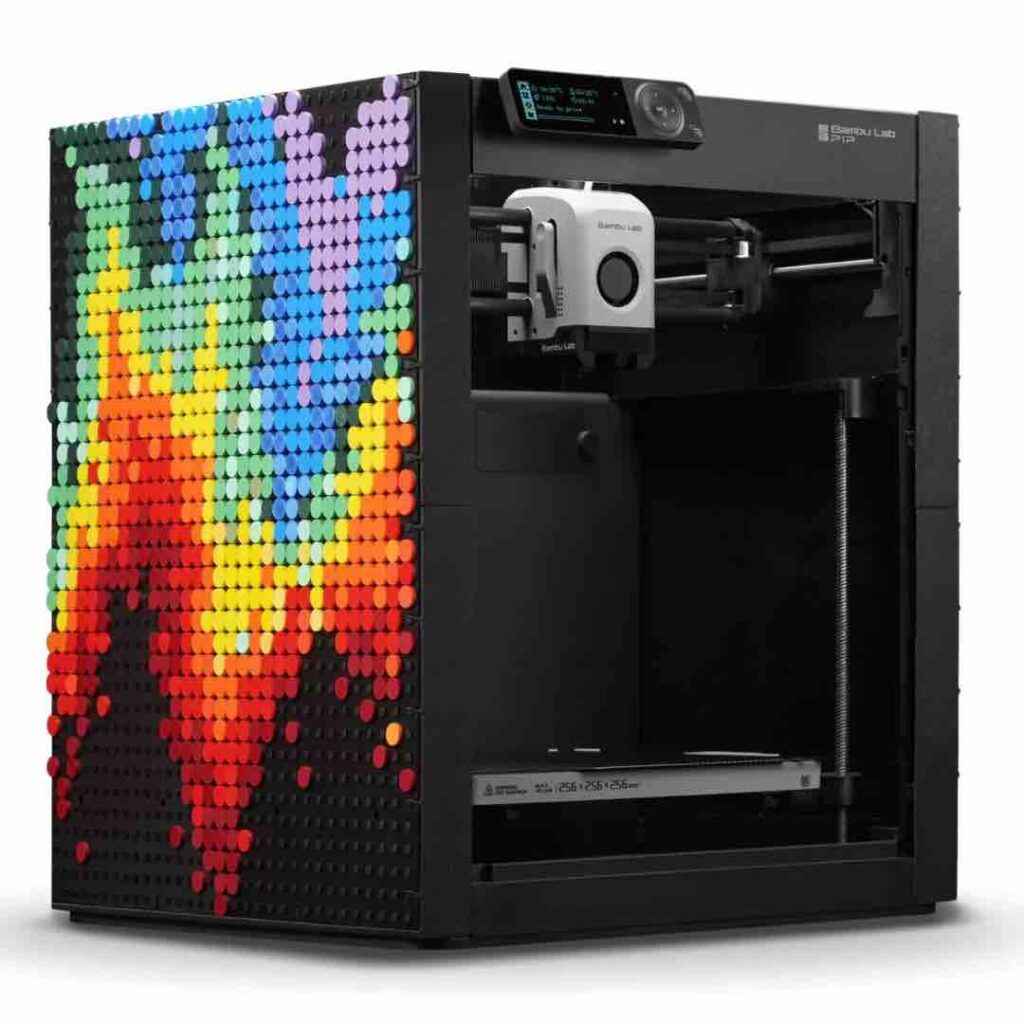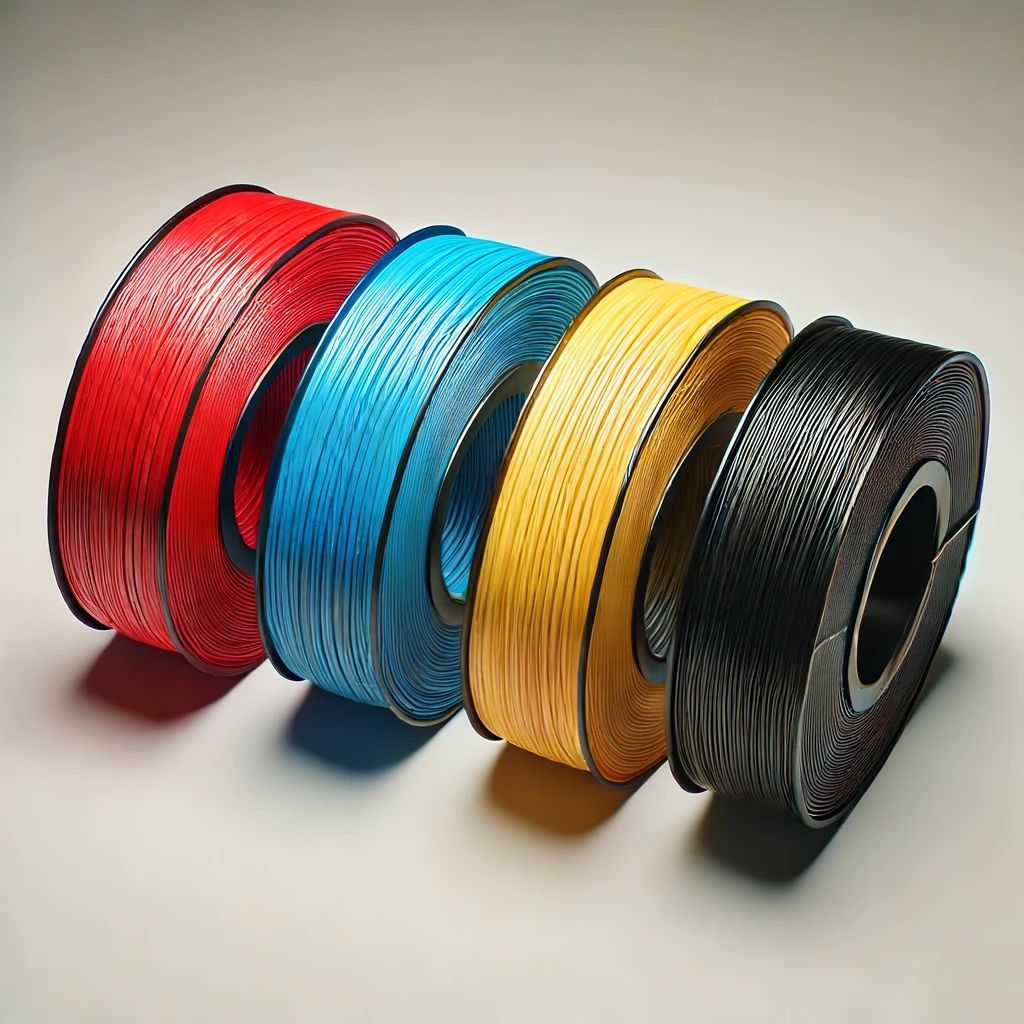Is Reverse Engineering Revolutionizing Vintage Cars ?
Unleashing the Past with Reverse Engineering!

Hey there, petrolheads, vintage enthusiasts, and gearheads alike! Are you ready to embark on a thrilling journey back in time to witness the resurrection of iconic cars and motorcycles from yester years?
Well, strap in because we're about to dive into the captivating realm of reverse engineering and how it's revolutionizing the replication of vintage cars and motorcycles!
From the rumble of a classic V8 engine to the elegant curves of a vintage motorcycle, there's something about the nostalgia and charm of these timeless beauties that continue to captivate our hearts.
However, with the scarcity of original vintage vehicles, their skyrocketing prices, and the limited availability of spare parts, maintaining these prized possessions has become an uphill battle for many enthusiasts.
Enter reverse engineering - a cutting-edge process that has breathed new life into the world of vintage automobiles and bikes.
In this article, we'll explore the ins and outs of reverse engineering and how it's being harnessed to recreate the automotive wonders of the past. Buckle up, folks; this is going to be one exhilarating ride!
Unveiling the Concept of Reverse Engineering!
Before we delve into the fascinating ways reverse engineering is used in replicating vintage cars and motorcycles, let's clear the air on what exactly this process entails. Imagine you have a treasured vintage vehicle, but it's missing a critical part that's no longer in production.
What do you do? This is where reverse engineering steps in!
Reverse engineering is all about dissecting, analyzing, and deconstructing an object to comprehend its inner workings and design.
This approach allows engineers and artisans to create detailed 3D models and blueprints of the original product, even when the original plans are lost or unavailable. It's like uncovering a hidden treasure chest of knowledge to reconstruct a masterpiece!
So, how does reverse engineering bring vintage automobiles and motorcycles back to life? Let's explore the remarkable ways it's being employed in the automotive world!
1. Replicating Classic Engine Components: Breathing Life into the Heart of Vintage Vehicles!
You know the old saying, "It's what's inside that counts"? Well, when it comes to vintage cars and motorcycles, that couldn't be more accurate!
The engine is the heart and soul of any vehicle, and replicating its intricate components is no small feat. But fear not, reverse engineering is up to the task!
With vintage vehicles, finding original spare parts can be like searching for a needle in a haystack.
However, by reverse engineering engine components, engineers can create precise replicas that perfectly fit the classic vehicles, ensuring they roar back to life! Imagine the joy of hearing the familiar purr of a vintage engine thanks to the magic of reverse engineering.
2. Reviving Iconic Designs: Beauty Lies in the Details!
When it comes to vintage cars and motorcycles, it's all about the aesthetics! From the distinctive curves to the iconic logos, these vehicles are a work of art.
However, reproducing these intricate designs can be a real challenge, especially when the blueprints are long gone.
Enter reverse engineering to save the day!
By meticulously scanning and analyzing every contour and detail, engineers can recreate accurate 3D models and blueprints, preserving the essence of the original design. With such precision, artisans can bring back to life the long-lost beauties that once ruled the roads!
3. Overcoming Obsolescence: From Vintage to Cutting-Edge!
One of the most significant challenges with vintage vehicles is that their technology can become obsolete over time.
Finding replacements for outdated components can be a daunting task. But reverse engineering has an ingenious solution!
By reverse engineering obsolete parts, engineers can adapt them to modern standards while retaining their classic charm.
This ensures that vintage vehicles can continue to hit the roads without compromising on safety and performance. It's like giving a classic car a technological facelift without erasing its historical identity!
Conclusion: The Timeless Fusion of Past and Future!
In the enthralling world of vintage cars and motorcycles, the magic of reverse engineering is unraveling the mysteries of the past, opening up endless possibilities for the future.
With each recreated masterpiece, we witness the timeless fusion of past and future, where classic beauty meets cutting-edge technology.
So, dear vintage enthusiasts and automotive dreamers, the journey doesn't end here! Buckle up for the continued advancements in reverse engineering, where even more vintage wonders are yet to be unveiled.
Remember, the past may be behind us, but thanks to reverse engineering, it's always riding alongside us on the open road of automotive history!












